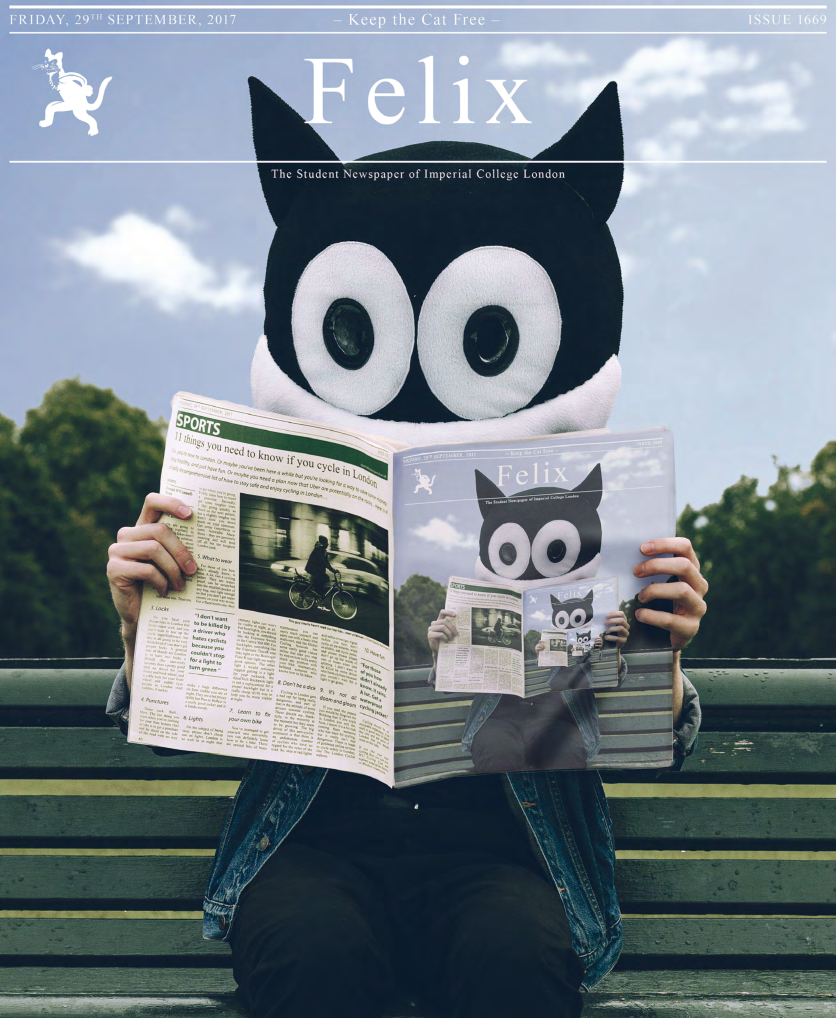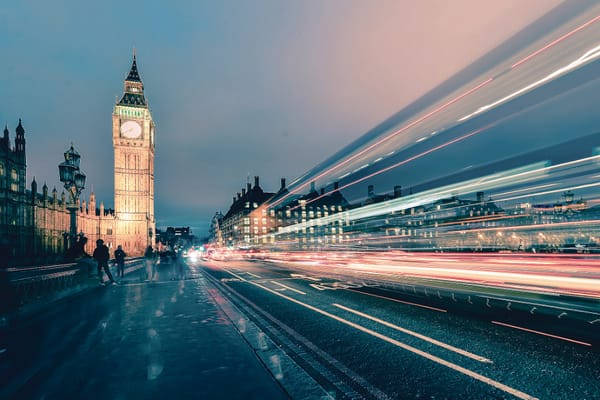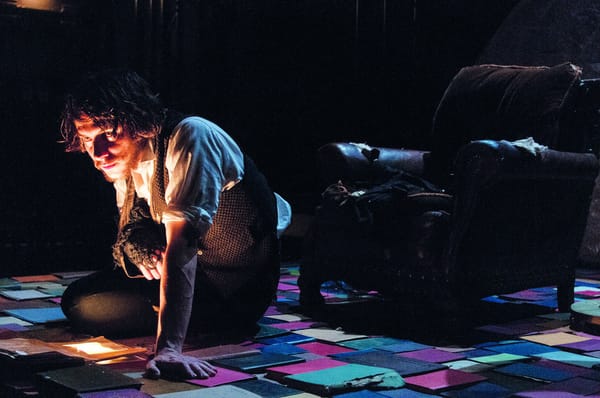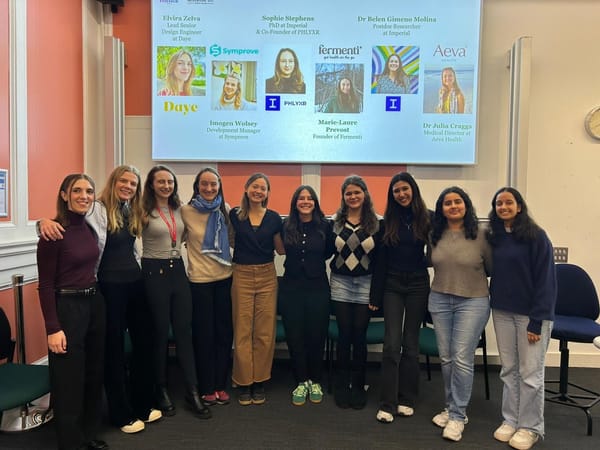Ken Kesey – Author, revolutionary, and counter-cultural icon of the 1960s
When Kesey’s novel, One Flew Over the Cuckoo’s Nest, was published in 1962 it sparked a debate around the nature of conformism and the promise of the American dream

As Cold War tension and paranoia reached its height in the mid-1950s, the American government entered into the most obscure stretch of the arms race – development of a weapon that could be used as means of mass mind control. During this search psychedelics drugs such as LSD were discovered and tested in government-sponsored experiments that took place in psychiatric facilities across America, mostly on college students such as Ken Kesey, a 24 year old Stanford writing student from Oregon.
Once a week for six months at Menlo Park Veteran’s Hospital, Kesey would be given an ambiguous pill which would induce hallucinatory visions that, for Kesey, crystallised the disturbing practices of 1950s psychotherapy. He began to question the very concept of sanity, viewing the men in the hospital not as riddled with mental illness, but rather victims of social ostracism. They were perceived as social abnormalities, branded ‘crazy’, and were psychologically coerced into assimilating within the strict norms of 1950s American society. These observations inspired him to write one of the most influential social and governmental criticisms of the 20th century – One Flew over the Cuckoo’s Nest.
The story details the road to liberation of men from a psychiatric facility that is controlled by the tyrannical Nurse Ratchet. The men are kept repressed by humiliating group therapy sessions, medication, and physical and sexual abuse from the nurses’ aides. Nurse Ratchet’s dominance is challenged by newcomer R.P. McMurphy, who inspires a sense of independence in the men, leading to their eventual emancipation through his disruption of the totalitarian regime.
“R. P. McMurphy is the nightmare of the American WASP”
Chief Bromden, a Native American patient, narrates the story, perceiving the hospital as a machine that is working as part of a larger socio-economic conspiracy he describes as the “combine” – it consumes all in its path and homogenises anything that is wild. He first becomes aware of the combine when he is a young boy and the government displaces his tribe from their native land in order to build a hydroelectric dam. The tribe were not contributing anything to the American capitalist regime, and therefore the government destroyed their natural way of life in order to make way for a means of powering a society that could ultimately generate profit.
Nurse Ratchet acts as a tool for the combine and is depicted as robotic and lacking any degree of femininity or maternal qualities by Bromden. Her lack of sensuality and emasculative treatment of the men represents the pious and puritanical attitudes of 1950s American society. As an ex-army nurse she runs the ward with strict militaristic routines and order, attempting to condition the men to conform to society outside the hospital. Under her control the ward becomes “a little world inside that is a made-to-scale prototype of the world outside.” She fuels the men’s paranoia, turns a blind-eye to the sexual abuse experienced by them at the hands of her aides, and maintains an ever present threat of brutal electroshock therapy if they step out of line.
McMurphy is the nightmare of the American WASP. A chronic gambler of Irish descent who “fights and fucks too much”, he fakes mental illness to escape working at a penitentiary facility and is send to the psychiatric ward. McMurphy’s rebellion against the strict social order inspires confidence in the men, and the struggle for dominance between himself and Nurse Ratchet represents a battle between natural human wildness and oppressive social constructs. Kesey elevates McMurphy onto a Christ-like platform: when he defends the men from sexual humiliation by fighting one off the nurses’ aides, and as a result is given electroshock therapy, Kesey describes it as a crucifixion.
“Kesey opened people’s eyes to the profound limitations of institutional conformity”
By attacking Nurse Ratchet towards the end of the novel he commits martyrdom. He is given a lobotomy as result of the attack and put in a permanent vegetative state, but the men see this act as a destruction of the social order that has oppressed them for years, and feel liberated. Some are finally able to check themselves out of the hospital, and Chief Bromden finally finds the strength to lift the “control panel” out of the ground and smash it through a hospital window, breaking the transparent barrier that existed between himself and natural world outside.
In a society where nuclear destruction was an ever-present looming spectre, and young working-class men were being forcibly sent to Vietnam to kill and die for capitalism, Kesey clearly saw that madness lay within the institutions. He continued to preach his message after One Flew over the Cuckoo’s Nest: the novel was an immediate success, and Kesey utilised the profits of this success to buy a bus, “Further”, which he painted in psychedelic colours and drove around the country with half a dozen other self-titled “Merry Pranksters” and a jar of LSD-laced orange juice. From California to the New York World’s fair they spread concepts of love and peace, and the trip, described by his son as “the start of 60s”, forever immortalised Kesey as a prophet of the psychedelic revolution. One Flew over the Cuckoo’s Nest not only opened people’s eyes to the profound limitations of institutional conformity, but also provided the author with the means to shape and fuel America’s most significant counterculture – the hippie movement.









